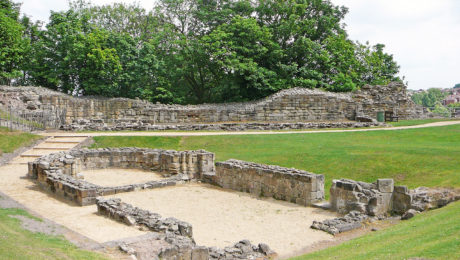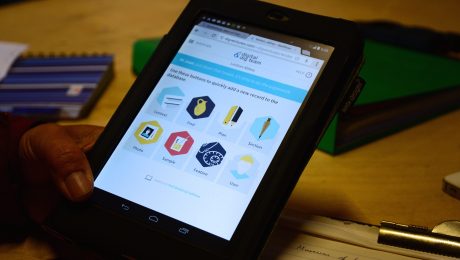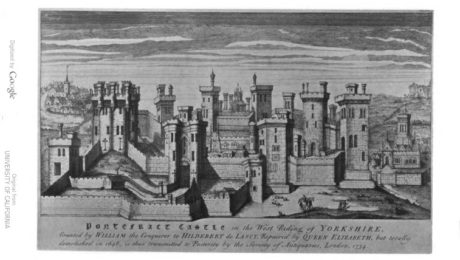Pontefract Castle is a Scheduled Monument and one of the town’s most identifiable landmarks, but there’s still plenty to learn and explore about its history. In 2016, archaeologists were surprised to discover the previously known remains of the inner bailey gatehouse.
Now owned by the Duchy of Lancaster and managed by Wakefield Council, several grants from English Heritage, Historic England, local bodies and the National Lottery Heritage Fund have enabled the castle to receive much needed restoration and care. The overall aims have been to improve the Visitor Centre and to repair and renovate the ruins, so that what’s left of the castle can be enjoyed many years into the future.
A major conservation project at the castle in 2016 revealed an unforeseen substantial structure to the south of the gatehouse which was investigated by Wessex Archaeology. Initial research suggested that the structure was a barbican (an additional line of defence), which was part of a significant redevelopment of the gatehouse. The barbican also included a third set of towers, which appear to be joined to the drawbridge pit.
An illustration dating to 1560 appears to show this barbican, but other than one drawing almost nothing else is known about this part of the development of the castle.
The discovery radically changes our understanding of how the gatehouse at Pontefract was altered and developed over time. It wasn’t simply a modest barbican added to the 13th century drum towers, but instead seems to have been an overhaul of the defences of the gatehouse in the 14th century – and it doesn’t fit with any version of the castle that is currently known. The whole redevelopment is an enigma!
DigVentures was called in to continue the investigation in 2019, and to involve the public in our search for more evidence about the redesign of the gatehouse in the 14th century: what it might have looked like, how much of it remains below the ground, and whether we can find any evidence for when this redevelopment might have taken place.
The five-week excavation (taking place in October-November 2019) is also open for everyone to join in. Both adults and children can join the archaeological team, learning how to investigate a nationally important piece of history while also helping to reveal new details about the iconic castle at the heart of their town.





